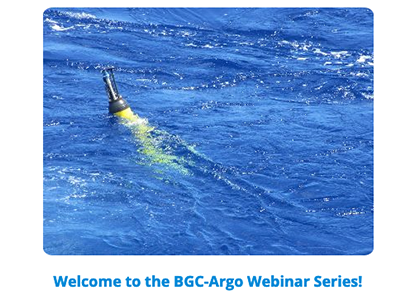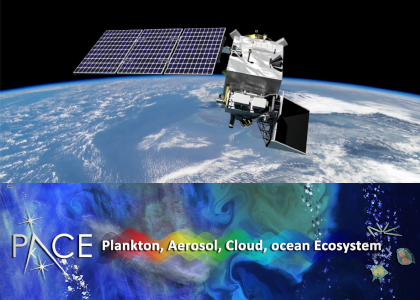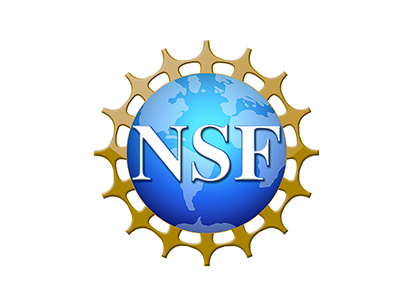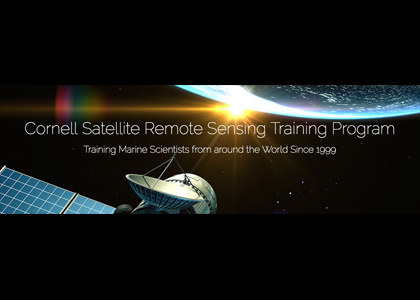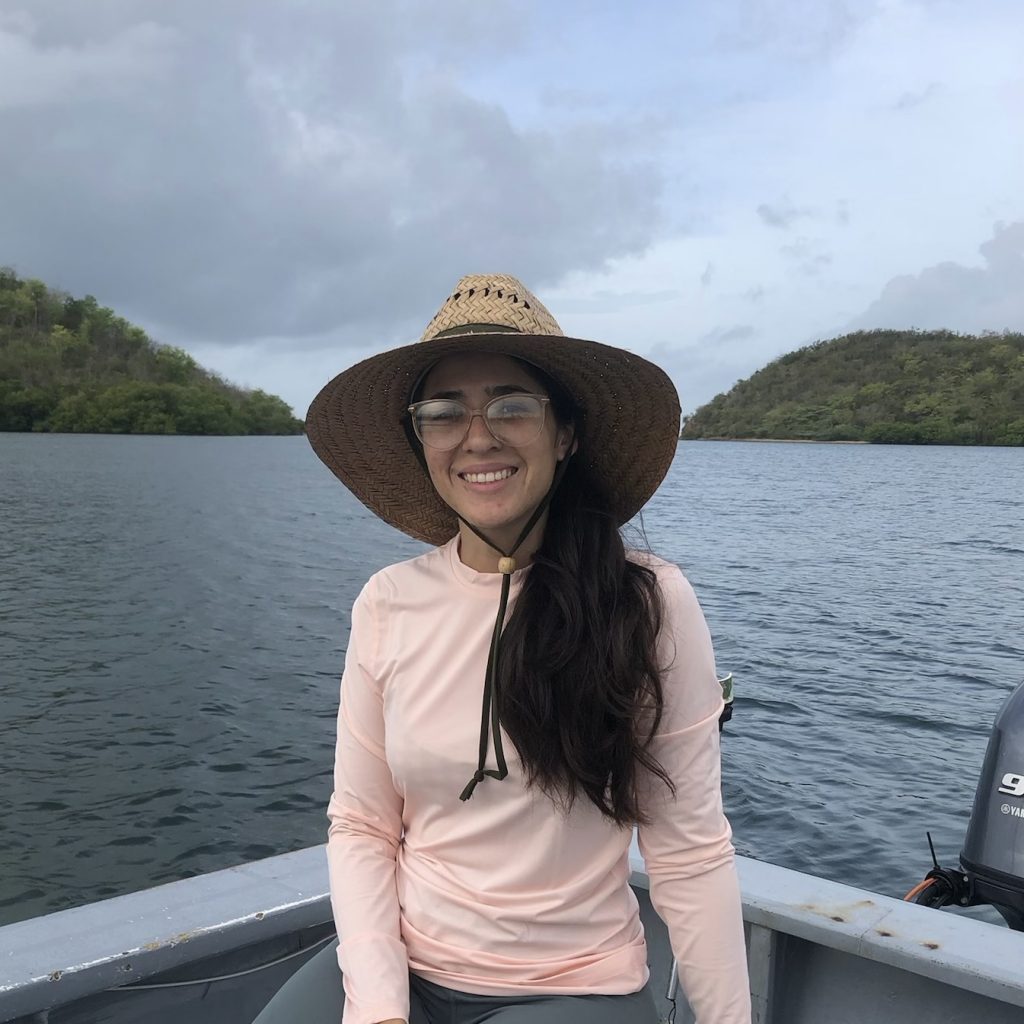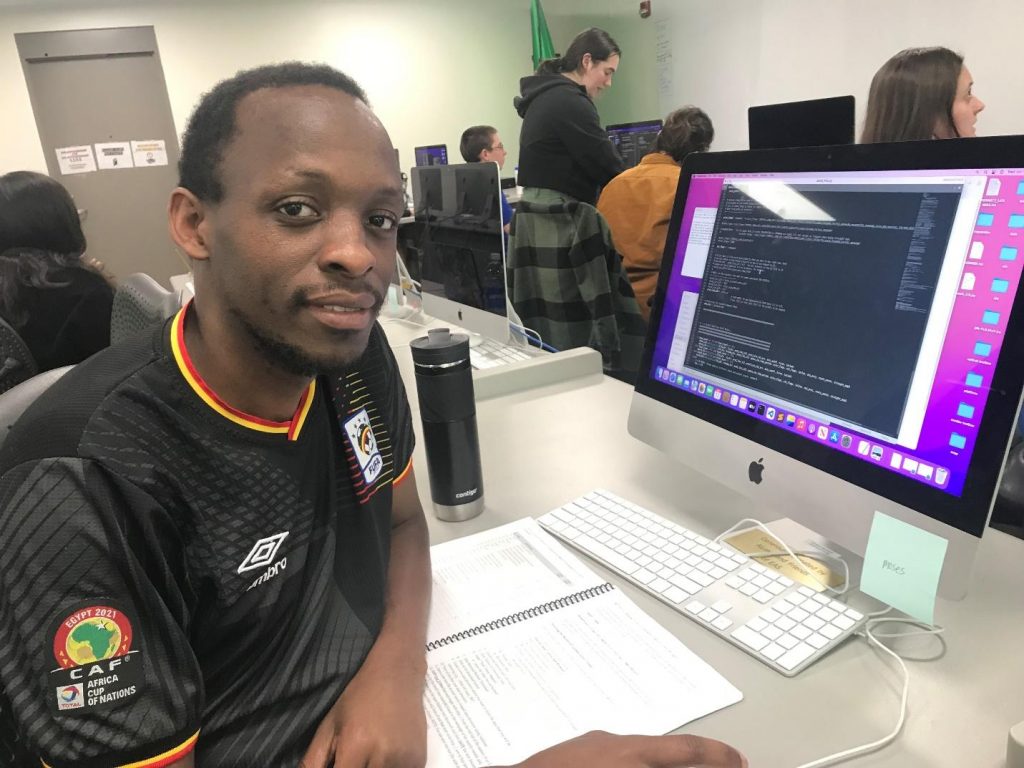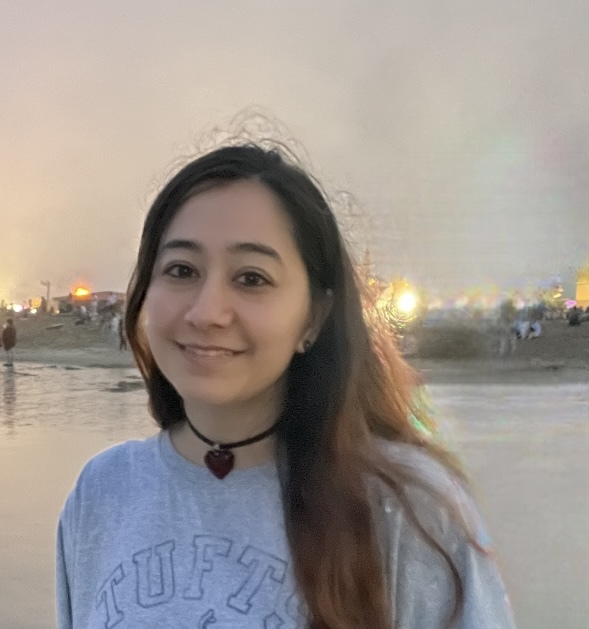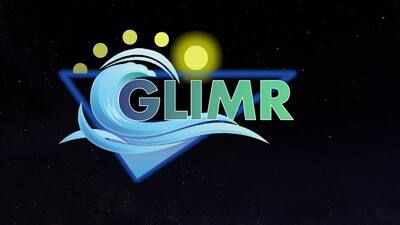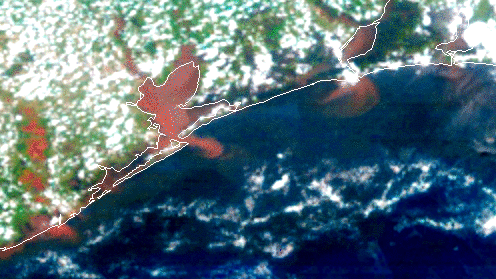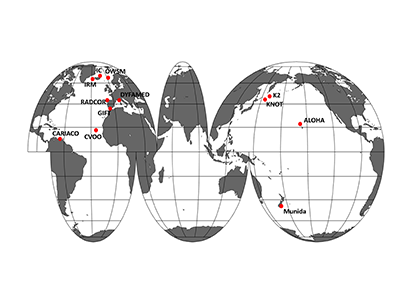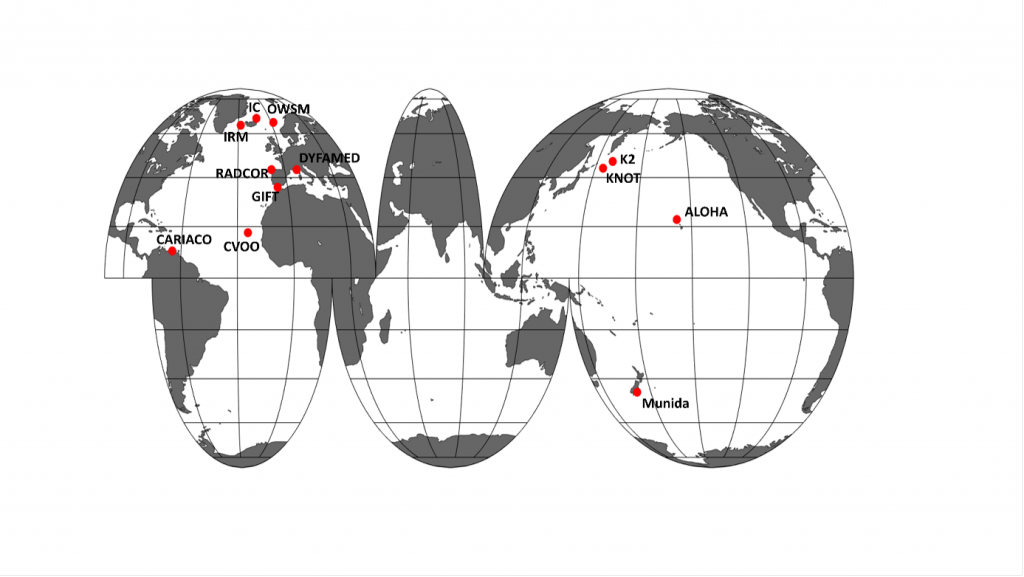BGC Argo Webinar #8: Comparing BGC-Argo observations with models
October 16, 2024, 11am Pacific/2pm Eastern
Please join us for the quarterly GO-BGC webinar, hosted by the US Ocean Carbon and Biogeochemistry Project Office. This webinar will be focused on comparisons between BGC-Argo observations and ocean model simulations focusing on bbp and particulate forms of carbon. The webinar will begin with an update on the status of the GO-BGC float array, followed by two short presentations. We’ll then close with a community discussion and Q&A session. Recordings will be available on the OCB and GO-BGC websites.
1) Yui Takeshita (Monterey Bay Aquarium Research Institute, USA, yui@mbari.org): An update on the GO-BGC program
2) Camila Serra-Pompei (Technical University of Denmark): Assessing the potential of backscattering as a proxy for phytoplankton carbon biomass
The particulate backscattering coefficient (bbp) has often been used as an optical proxy to estimate phytoplankton carbon biomass (Cphy). However, total observed bbp is impacted by phytoplankton size, cell composition, and non-algal particles. The scarcity of phytoplankton carbon field data has prevented the quantification of uncertainties driven by these factors. Here, we first review and discuss existing bbp algorithms by applying them to bbp data from the BGC-Argo array in surface waters (<10m) and show that errors can be large when the bbp signal is low. Next, we use a global ocean circulation model (the MITgcm Biogeochemical and Optical model) that simulates plankton dynamics and associated inherent optical properties to quantify and understand uncertainties from bbp-based algorithms in surface waters. In an ideal world where field data has no methodological uncertainties, the model shows that bbp algorithms could estimate phytoplankton carbon biomass with an absolute error close to 20% in most regions.
3) Martí Galí Tàpias (Institute of Marine Sciences [ICM-CSIC], Spain): Constraining stocks and fluxes of Particulate Organic Carbon (POC) through the comparison between particulate backscattering measurements and the PISCESv2 model
BGC-Argo data offers a great opportunity for model evaluation, optimization, and the development of improved parameterizations, ultimately furthering our mechanistic understanding. However, comparison between BGC-Argo observations and models requires careful consideration of the spatiotemporal scales that each of them can resolve. When using particulate backscattering (bbp) as a proxy for particulate organic carbon (POC), additional attention must be paid to the variability in the POC/bbp ratio, its uncertainty, and its underpinning biogeochemical drivers. In this talk I will present comparisons between bbp from BGC-Argo and simulated POC based on both 3D (Eulerian) and 1D (pseudo-Lagrangian) frameworks. I will discuss the potential and limitations of model parameter optimization using BGC-Argo bbp as the observational reference. Finally, I will explore the impacts of optimized model parameters on mesopelagic POC budgets and vertical fluxes in the PISCESv2 model.
4) Discussion

